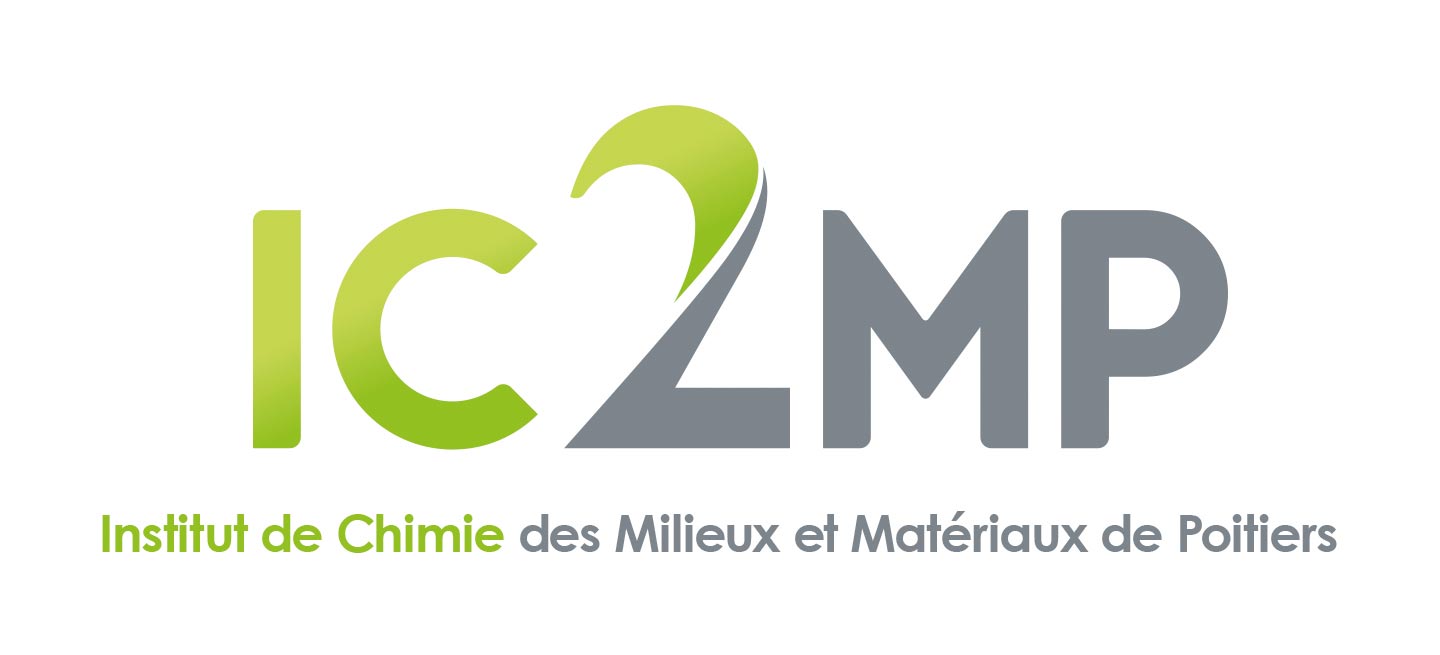Is nitrogen functionality responsible for contrasted responses of riverine dissolved organic matter in pyrolysis?
Résumé
Fractions of dissolved organic matter (DOM) from the Loire and the Gartempe rivers were obtained using Amberlite XAD resin fractionation procedure. According to the eluting system used and to the polarity of their components, the fractions were termed hydrophobic (HPO) and transphilic (TPI) for the Loire (elution with acetonitrile/water mixture) and hydrophobic acid (HPOA) and transphilic acid (TPIA) for the Gartempe (elution with NaOH). In addition, for the Loire, colloids (COL) were pre-isolated through a dialysis step. The composition of the three fractions from the Loire was investigated with solid state cross polarisation/magic angle spinning (CP/MAS) C-13 NMR and Curie point pyrolysis at 650 degrees C with and without tetramethylammonium hydroxide (TMAH). Separation and identification of the released compounds were performed using gas-chromatography/mass spectrometry (GC/MS) and focussed on nitrogen-containing pyrolysis products (N-products). Quantitative differences were observed between the N-product distribution of the HPO and TPI fractions, whilst the few N-products from the COL fraction exhibited different structures corresponding to peptidoglycan contribution. Comparison with previous results obtained for two DOM fractions (HPOA and TPIA) from the Gartempe river (France) revealed that pyrolysis detection of nitrogen containing molecules is not only related to the nitrogen content of the fractions, even in the case of similar hydrophobicity, but also likely to the functionality of nitrogen in the macromolecule sources. To correlate the molecular level information about N-containing moieties with the functionality of nitrogen in the macromolecular sources, the five fractions of DOM were investigated through X-ray photoelectron spectroscopy (XPS) and solid state cross polarisation/magic angle spinning (CP/MAS) N-15 NMR. C1s XPS and N-15 NMR analyses revealed an important contribution from amide nitrogen in all the DOM fractions, with a large increase from the hydrophobic fractions to the transphilic and colloids ones. Moreover, N-15 NMR revealed an additional pyrrole nitrogen contribution in the HPO fraction of the Loire and in the TPI and TPIA fractions of both rivers. For the two rivers, the delta N-15 values were maximal for the fraction containing the highest proportion of amide N, and decreased in parallel with increasing pyrrole N contribution. Only the hydrophobic acid fraction of the Gartempe, which did not contain any pyrrole N was characterised by a lack of N-containing pyrolysis products, suggesting that their detection could be dependent on the presence of pyrrole N in the macromolecule sources.
